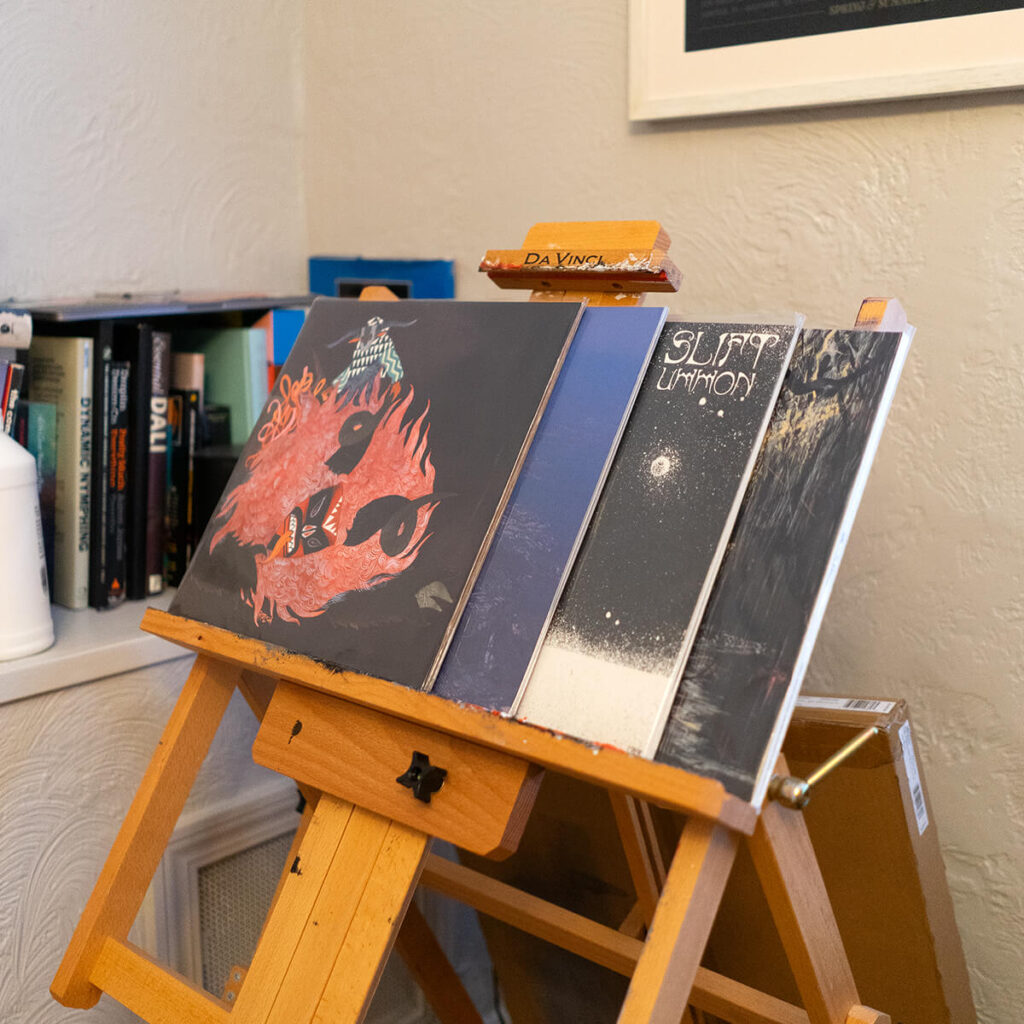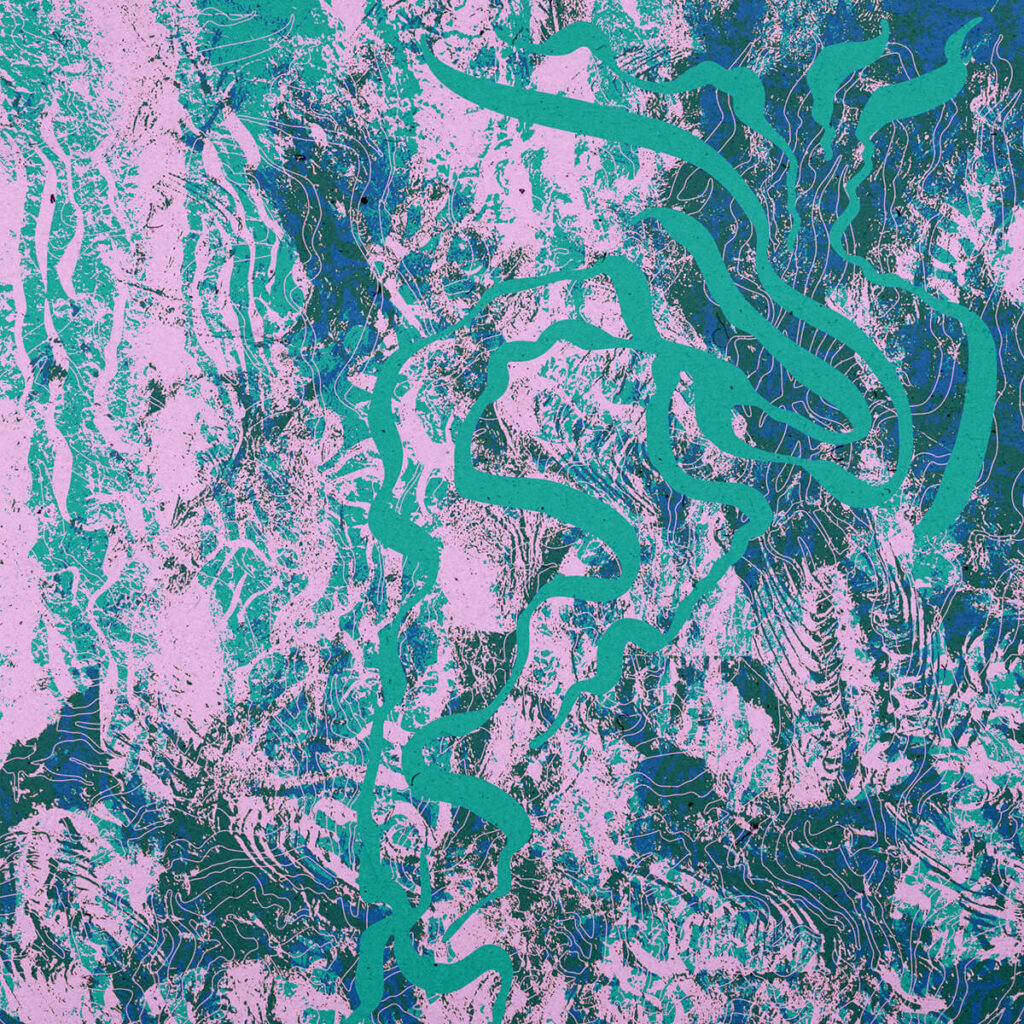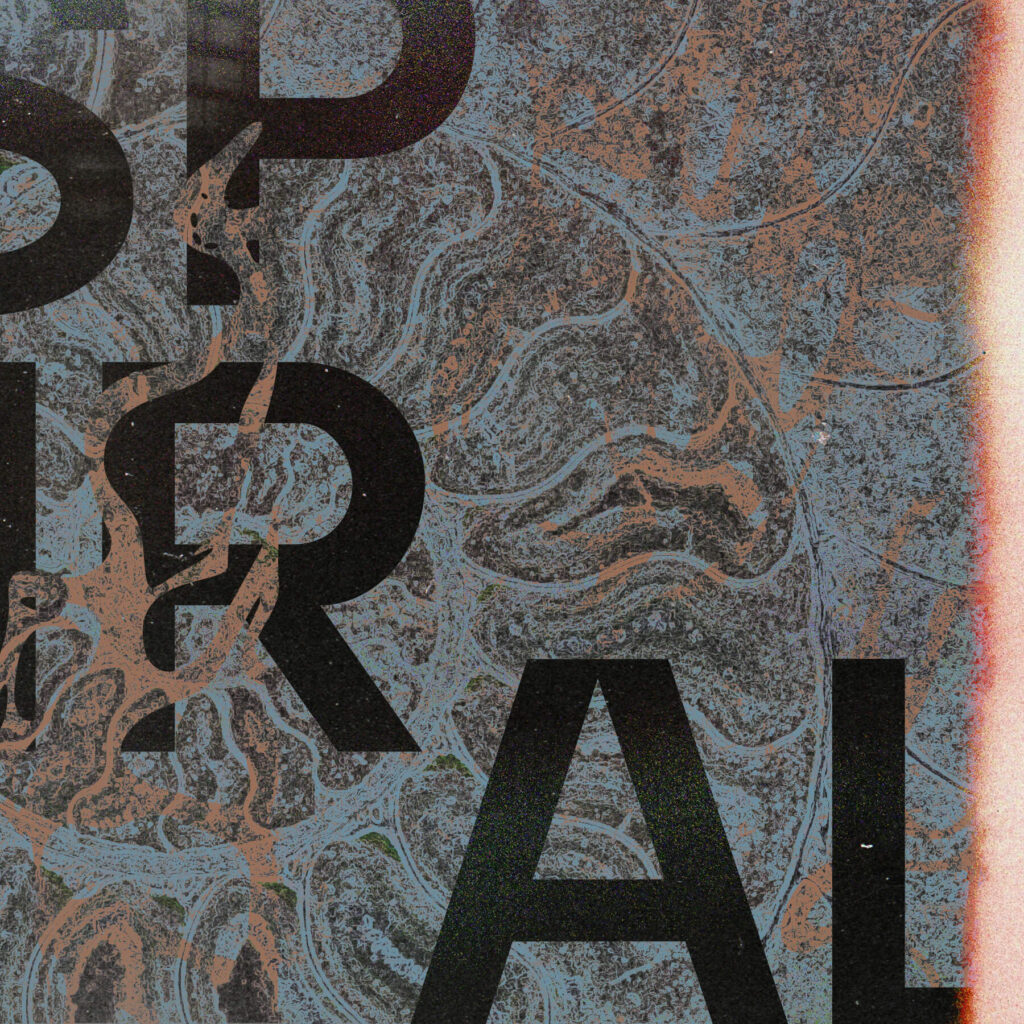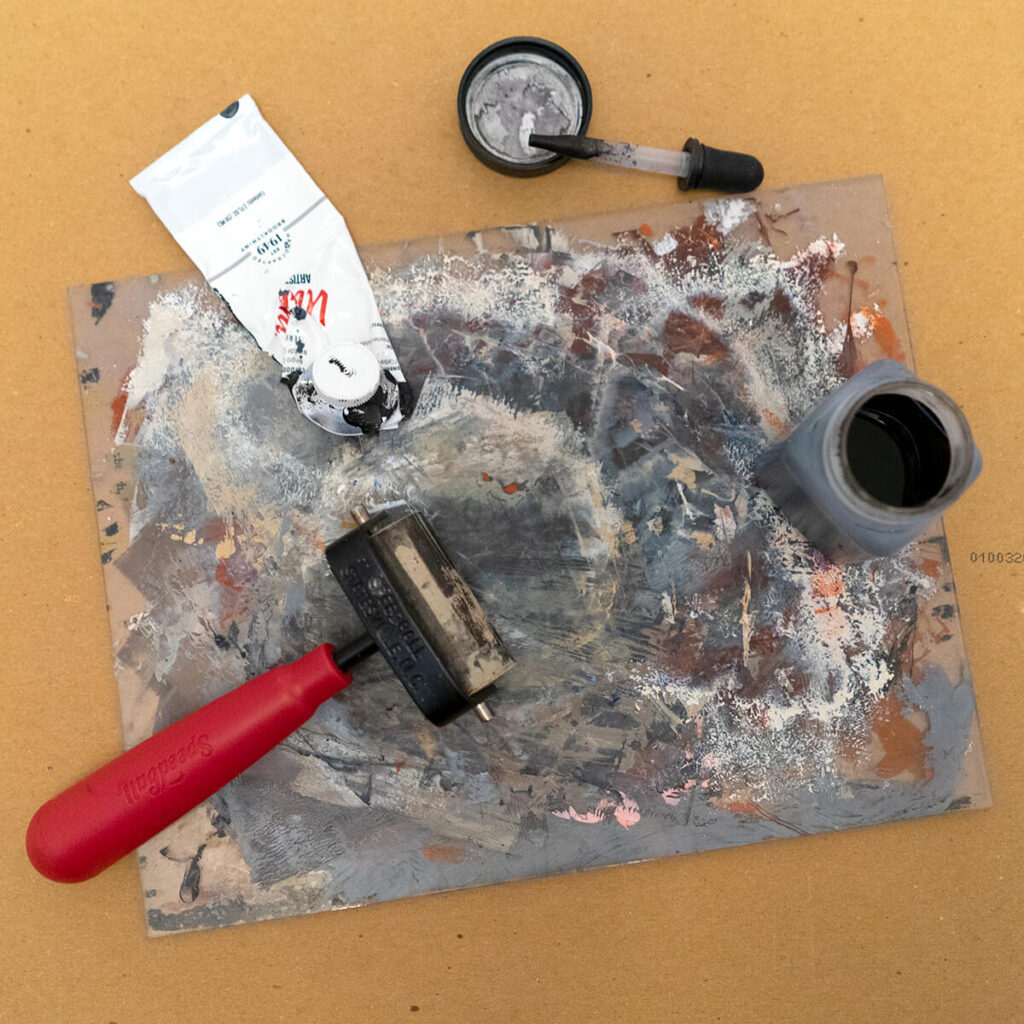I’ve always been a music guy. I give a lot of credit to my older sister, Casey. When we were younger, we pretty much hated each other, certainly not a unique story. It’s safe to say that we spent a good part of our childhood in our own rooms, mine in the middle of the hallway, and hers at the very end, with a bathroom in between. As HVAC systems go, the ductwork went into my room, as well as hers. This allowed me to discover the majority of the music that started my sub-genre filled interest throughout the years, while simultaneously revealing that my sister and I weren’t so different after all. Now best friends, that middle school emo music (embarrassing now), featuring the likes of Brand New, Senses Fail, Taking Back Sunday, and mewithoutYou sparked an inseparable bond. We talked about lyrics, and the acts we’d love to see, while cutting out posters from Alternative Press Magazine, to ruin the clouds my dad meticulously painted on Casey’s walls. Sorry, dad.
As I got older, I discovered my “own” bands and artists. The frigid, bumpy morning bus rides to High School scored with acts ranging from Johnny Cash to Jay-Z. Where I would imagine my point of view to be somewhat of a music video. Admit it, you did it too. Into my college years, I dove into the endless sub-genres of metal – doom, thrash, black metal, stoner, and I’m still finding more to this day. I can appreciate the strictness of bands when it comes to sticking to the purist genre they classify themselves within, but there’s a type of metal that has become my favorite – post-metal.
Origin of Inspiration
These are bands that tend to be abrasive, and consider themselves to be metal-focused, but don’t limit themselves to a particular sub-genre and tend to be heavily experimental. Bands like ISIS, Melvins, Neurosis, and Earth tear pages out of all other sub-genres to create something eclectic and unique – their own sound. In a particular album, you may find tracks that drone, thrash, or consist of nothing but guitar feedback and a few powerful chords that can span the lapse of three to twenty minutes in length. Sometimes longer, sometimes shorter. “The only rule is that there are no rules.”

As a graphic designer, it’s not very often that I get the chance to be as experimental as the metal acts I’ve grown to love. I often find myself doing a lot of safe design work. The last five years have consisted of clients wanting to be “different” but never truly commit to that notion. When preparing for a presentation, I include directions that I deem to be avant garde or daring. I’m not sure if I’ve ever had one of my past agency clients pull the trigger on something like that. We’ve been close, usually sparking the interest of the folks in charge of the initial meetings. But when it comes time to “show the team,” the most interesting direction usually comes back without a pulse. I’ve told my old creative director time and time again that “everyone wants to be different until it’s time to be different.” Thankfully, I think that expression is likely to be spoken less in the near future, if not now.


Perfection is the Enemy of Good
With the ever-expanding intelligence of programs like ChatGPT and Midjourney, most of the creative world have found themselves pulling their hair out at their desk, concerned about the future of the careers they’ve spent most of their lives building. Art school and years of practicing craft only to be replaced by nobodies in front of some AI engine, punching in prompts that spit out unbelievable results within minutes, if not seconds. I’ll be the first to say it, AI is downright impressive. I’ll even admit to using it as a tool to work up compositions and for drafting punchy headlines. Adapt or die, right?
As creatives continue to wipe their tears, pretty much everyone and their mother have their hands on some kind of AI generator. Punching in prompts like “a chicken surfboarding in the style of Van Gogh.” And sure enough, they would see a chicken surfboarding in the style of Van Gogh. But after several more ridiculous prompts, most of those users will never log in again. And even though AI is getting better by the second, there seems to be a style associated with the results, and the masses are beginning to catch on. “This looks like AI” has become one of the most common comments on the internet. For me, it’s borderline insulting.
Just when most creatives thought it couldn’t get worse, the company that more or less created their existence and success joined the movement. Adobe has recently incorporated generative fill and their own engines within their software. The very company artists and designers have been leaning on for over 30 years. Again, I’ll be the first to say that I am enjoying a lot of these features and they have saved me tons of time. But, for some of the features, the results look a little too good.
At some point, these generated images will go the way of clipart. They will become quick to identify, and cast away as parody. The human element and its nuanced inconsistency will become romantic and sought after, once the sheen of perfection erodes away.
Nuance is Preferred
One of the most interesting interactions I’ve had with a client was regarding their rebrand. The client is in the beer space, and they were trying to market themselves as Philadelphia’s beer while remaining regional. Their concern was that the work we were providing was too polished. Making them question if their demographic would believe their brand was purchased by a big beer conglomerate, thus potentially losing their locally-driven drinkers. Some of the original craft beer pioneers are still clad in their “bad” label designs – even if they have been purchased by big beer. That alone should prove how important some of these design choices can be. Sometimes something can look too refined, and feel less genuine.

The idea of Post-Graphic Design, inspired by the aforementioned post-metal genre, isn’t completely new. Designers like David Carson and Chris Ashworth have been breaking convention by going gridless and creating constructive and captivating messes for decades. Some of their most notable work can be found in RayGun magazine. Aesthetics like this can be achieved through analog processes that glimmer with texture, grit, and broken grids. Tools that consist of brushes, paint, brayers, and letraset transfers. This idea has been called anti-design, mixed media, brutalism, etc. But I think most of these movements consist of artists that stick to one aesthetic, not a blend of many – which is what we aim for at Leagues. Within these different approaches is the presence of the human hand. There is a high degree of warmth and honesty to the work, and I firmly believe that the perfection that AI is written for, will become absolutely dull. Finding ways to be influenced by multiple design processes, and incorporating them into the work to create something unique and truly “different,” will be more appreciated now than ever. Much like rust, something that is perfectly polished will be taken over by something far more interesting.

